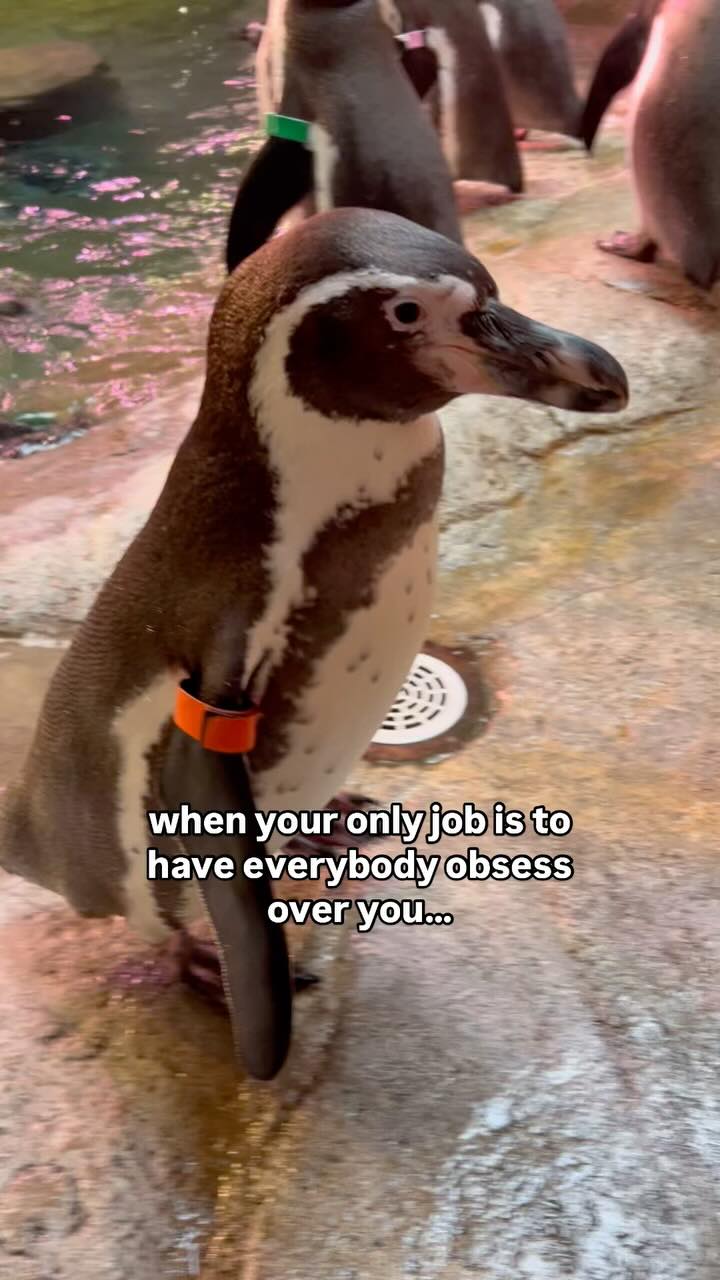- Adapting Humboldt Penguins to Zoo Environments
- The Role of Enrichment and Diet in Penguin Health
- Conservation Efforts and Global Initiatives for Humboldt Penguins
- Understanding the Behavior and Social Structures of Humboldt Penguins
- The Importance of Public Education in Wildlife Conservation
Humboldt penguins, native to the coasts of Peru and Chile, have carved out a surprising niche in the artificial habitats of modern zoological parks. These birds thrive in environments that simulate their natural habitats, requiring detailed attention to ecological nuances that affect their behavior and health. In zoo environments, providing Humboldt penguins with the optimal conditions is an ongoing challenge, demanding constant innovation and commitment to animal welfare standards.
One of the primary concerns in maintaining healthy and content Humboldt penguins within the zoo is the meticulous creation of an environment that provides both physical and psychological enrichment. Zoos must replicate the shorelines of South America, introducing a variety of swimming and diving areas. The importance of such enriching environments cannot be overstated as they prevent stereotypic behaviors often observed in captive animals. Regularly changing and adding new elements maintains the penguins’ curiosity and activity levels, which contributes to their overall well-being.
Diet plays an equally pivotal role in the health of Humboldt penguins. In the wild, these penguins feed on anchovies, sardines, and crustaceans. Zoos attempt to mirror this diet as closely as possible, taking into account seasonal variations and nutritional content. A diet rich in omega-3 fatty acids is essential for their immune function and feather condition. Furthermore, feeding routines are designed to encourage natural hunting behaviors, often incorporating live fish or fish-scented toys that float and move, promoting both mental and physical stimulation.
Conservation efforts for Humboldt penguins are critical, given their classification as vulnerable. Human activities have severely impacted their natural habitats due to overfishing, climate change, and habitat destruction. To counter these threats, global initiatives are focused on sustainable fishing practices and protecting coastal habitats. Additionally, captive breeding programs in zoos serve as a genetic reservoir, helping to maintain genetic diversity and offering a safety net against declining wild populations. Research collaborations between zoos and conservation groups help develop strategies for reintroduction into stable and protected environments.
Understanding the social behavior of Humboldt penguins adds another layer of complexity to their care in zoos. These birds are highly social and thrive within stable group structures. Their intricate communication through vocalizations and body language requires attentive management to maintain harmony within groups. Penguins form monogamous pairs and exhibit strong parental instincts. Careful monitoring of group dynamics is necessary to prevent stress and ensure reproductive success within the zoo environment.
Public education is a critical component of wildlife conservation efforts. Zoos serve as a bridge between the public and the complex world of animal care and conservation. Interactive exhibits and educational programs are vital in raising awareness about the challenges facing Humboldt penguins in the wild. Engaging visitors with compelling, fact-based narratives can inspire stewardship of natural habitats beyond the zoo gate. Understanding that each individual can contribute to conservation through thoughtful choices, such as sustainable seafood consumption, fosters a collective effort to protect these extraordinary birds.
In the zoo setting, the Humboldt penguins are indeed living the sweet life, but it is one that is carefully crafted by dedicated zoo professionals and informed by ongoing research. As they glide through the water with effortless grace, they serve as ambassadors of their species, reminding us of the larger environmental stewardship responsibilities we must uphold. By blending rigorous science with creative environmental management, we ensure that these captivating creatures continue to inspire future generations while promoting a deeper understanding and respect for wildlife conservation.
*****
Source Description
Our Humboldt penguins are living the sweet life!


